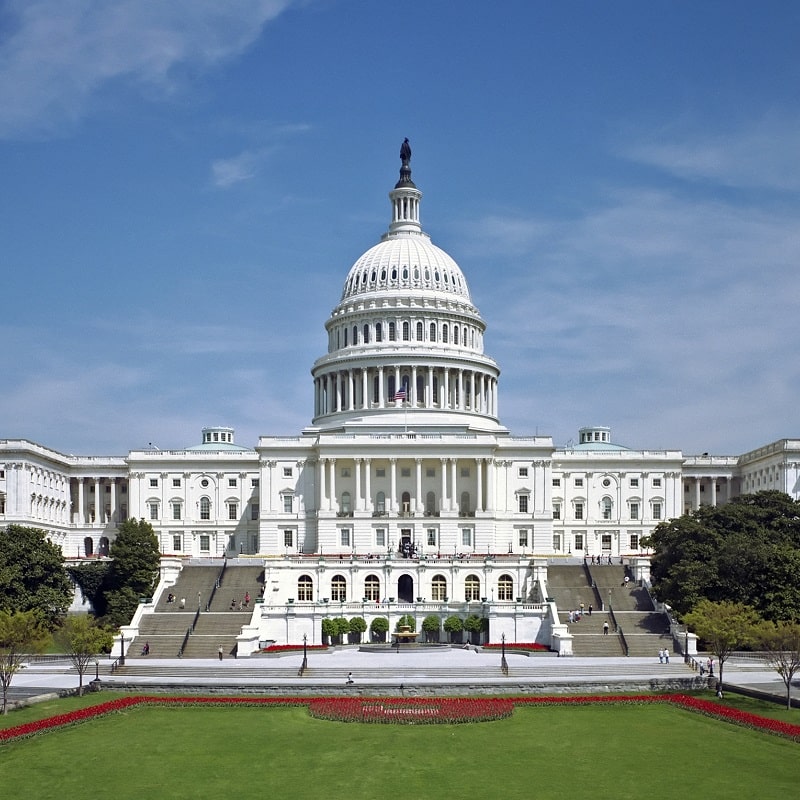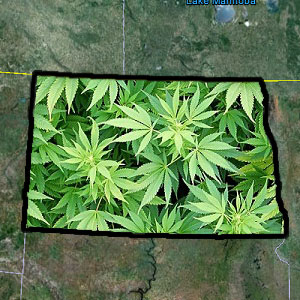 The Emergency Raid Response Campaign Was Started By Americans For Safe Access
The Emergency Raid Response Campaign Was Started By Americans For Safe Access
The Drug Enforcement Administration (DEA) and local law enforcement agencies continue to raid medical cannabis providers, even if the provider’s conduct is legal under state law and complies with all city and county regulations. Medical cannabis providers need to prepare themselves, both mentally and operationally, for a raid. Until federal law is harmonized with state law and state laws are fully implemented, raids are always a possibility. Preparing for a raid does not have to be an exercise in paranoia. In fact, knowing that you are as prepared as you can be may ease anxiety.
The Raid Response Campaign only works if a community is prepared in advance; this means providers and the community alike. We developed this campaign to provide support to victims of law enforcement raids and frame the media coverage. We have orchestrated over 200 emergency Raid Response efforts, which have supported countless victims and helped frame this issue as a patients’ rights issue in the media
How it works:
When ASA is alerted by the community that a raid is progress, all ASA staff stop their work and turn their attention to the encounter and begin the following steps:
Step 1: ASA staff look in our database to see if we have information about the person or center being raided. This database comes from the medical cannabis provider filling out the“Let ASA Help in the Event of a Raid” online form or sending in the worksheet. If we do not have any information, it can be hard to carry out the rest of the campaign.
Step 2: Confirm raid. ASA gets false alarms about raids everyday. If the medical cannabis provider has filed out the “Let ASA Help in the Event of a Raid” form, then we have several individuals we can contact to verify reports of a raid.
Step 3: Launch the Raid Response:
- Contact the medical cannabis provider’s attorneys and support system
- Contact local media
- Send out text alert to the community
- Contact spokespeople from “Let ASA Help in the Event of a Raid” form
- Track individuals through the legal system
Step 4: Follow up. What happens after a raid can be as important as what happens during a raid.
- Issue press release
- Convene local activist for next steps
- Issue national action alert
- Support victims
The steps above are ASA’s commitment of support during and after a raid, but for these responses to have real impact, it is important that communities are prepared in advance to carry out their part of this campaign. Below you will find the resources you need to organize this campaign in your community.
Resources for providers:
Let ASA Help web form
Prepared in advance
KYR
Text alert download
Link to ASA text alert page
Resources for advocates:
Organizing Raid Response
Organizing a Demonstration
Coalition Building
Sample Non-Cooperation Ordinance









